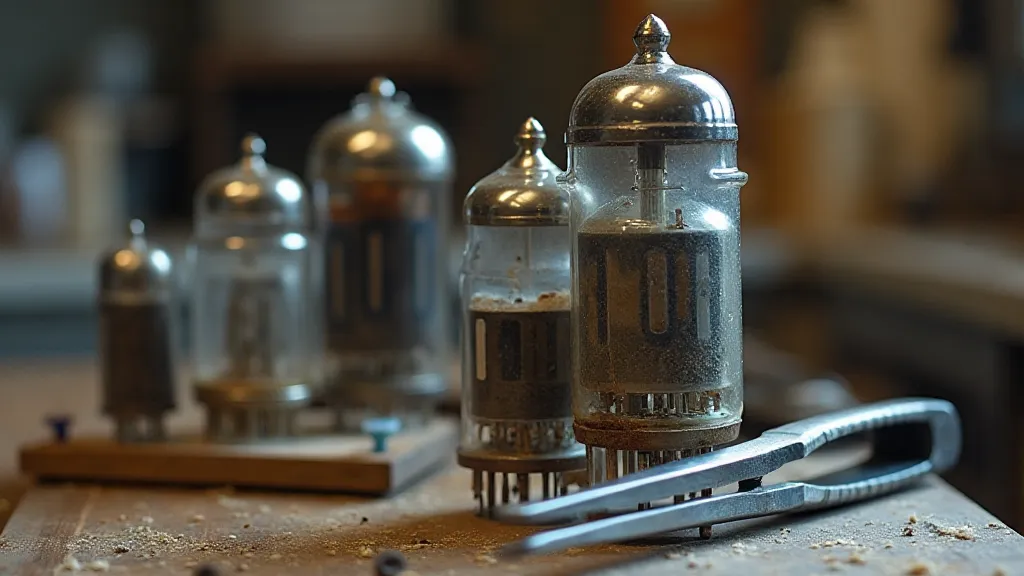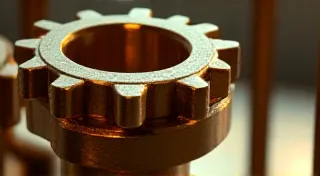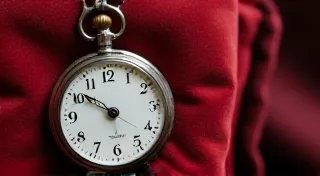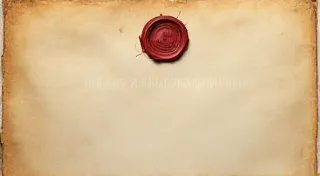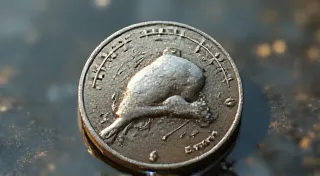A Symphony of Resistance: Understanding Tube Performance and Radio Health
There’s a certain magic in holding a vintage radio, isn’t there? It’s more than just a device; it’s a portal to a different era, a tangible link to the craftsmanship and ingenuity of the past. I remember my grandfather’s Philco, a behemoth of bakelite and vacuum tubes, dominating his workshop. It wasn's just a radio; it was the heart of his world – a source of news, music, and connection. And at its core, humming with quiet power, were the vacuum tubes. Little glass cylinders responsible for transforming signals and breathing life into the broadcast. Understanding those tubes, knowing how to test and interpret their performance, isn’t just a technical skill; it’s a way to keep that legacy alive.
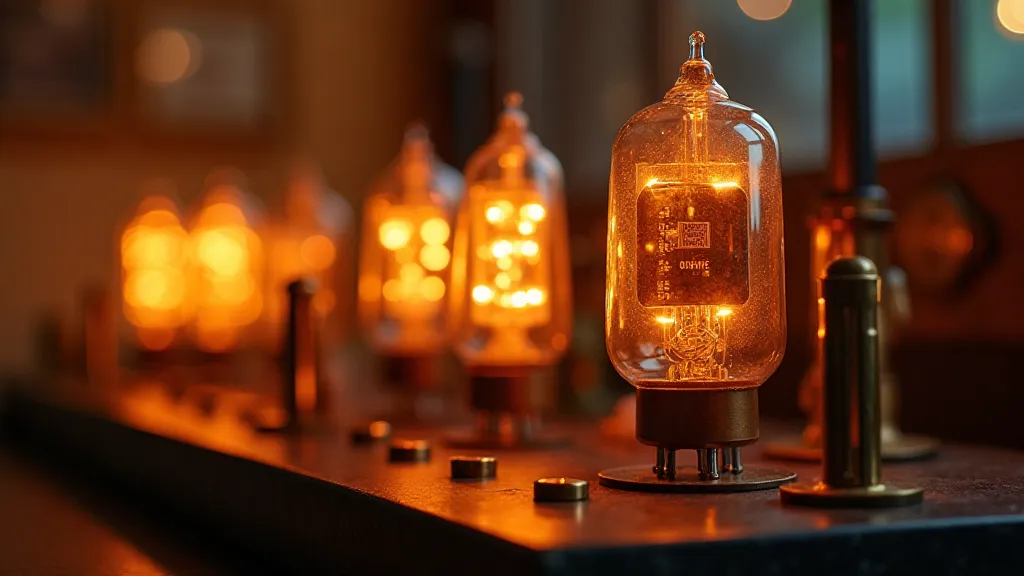
The Heart of the Matter: Vacuum Tubes and Their Role
Before transistors, before solid-state electronics, there were vacuum tubes. These ingenious devices, born from the burgeoning field of radio technology in the early 20th century, were the building blocks of amplifiers, oscillators, and almost every essential function within a vintage radio receiver or transmitter. Their construction—the sealed glass envelope, the meticulously arranged filaments and plates, the precise positioning of metal supports—was a testament to a time when artisans and engineers worked closely, valuing precision and durability. Think of the grand pianos of the early 1900s – each component handcrafted, each key perfectly weighted, each hammer precisely struck. Vacuum tube manufacturing shared that same dedication to detail.
Each tube performs a specific task, and the performance of each is critical to the overall health of the radio. Gain, for example, determines how much a signal is amplified. Resistance governs the flow of current through the tube, impacting its efficiency and stability. Without proper gain, a weak signal from a distant station will be lost in the noise. Excessive resistance can lead to distortion and a muddy sound. It’s a delicate balance, a symphony of electrical properties working in concert.
Enter the Tube Tester: Your Diagnostic Tool
Over time, vacuum tubes age, components within them degrade, and their performance drifts. This degradation can manifest as poor reception, distorted audio, or even complete radio failure. This is where the antique radio vacuum tube tester comes into play. These devices, often as fascinating as the radios themselves, measure key tube parameters, providing valuable insight into their condition.
Early tube testers were often rudimentary, relying on basic voltage and resistance measurements. Later, more sophisticated testers were developed, capable of measuring gain, shorts, emissions, and other critical parameters. Some even included specialized circuits for testing specific tube types. The construction of these testers – the calibrated dials, the complex wiring, the glow of the indicator lamps – reflected the high-tech nature of the era. Many are beautifully designed and a joy to use.
Decoding the Readings: What Your Tester Reveals
Understanding what your tube tester is telling you requires a little knowledge of tube operation. A good tester will provide readings for factors like plate resistance, mutual conductance (a measure of gain), and emission. Low emission, for example, can indicate a failing emitter or a contaminated cathode. High plate resistance often points to a leaky tube, and can cause a radio to hum loudly or fail to amplify a signal properly.
While a "bad" reading doesn't always mean a tube needs immediate replacement, it provides vital clues for troubleshooting. A seemingly minor deviation from the specified parameters can often be the cause of a larger problem elsewhere in the radio circuit. Imagine a violin; a slight crack in the wood, a loose string – seemingly insignificant, yet capable of disrupting the entire performance. The tube tester is your stethoscope for the radio.
It’s also crucial to remember that tube testers aren't infallible. Calibration is essential for accurate readings, and the interpretation of results requires experience and a good understanding of the radio’s schematic. There's a certain satisfaction in identifying a failing tube and knowing *why* it’s failed, armed with the knowledge gained from the tester’s readings.
Beyond the Numbers: A Connection to Craftsmanship
Testing vacuum tubes isn’t just about fixing radios; it’s about appreciating the ingenuity and artistry of a bygone era. These tubes were meticulously handcrafted, often by skilled workers who took pride in their work. Holding one in your hand, examining its construction, allows you to connect with that legacy.
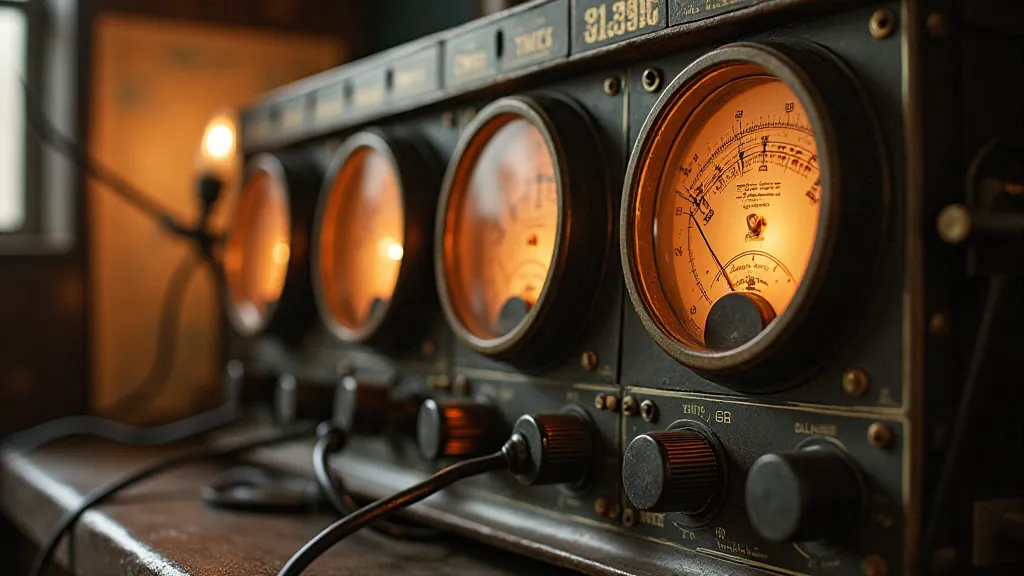
The resurgence of interest in vintage radio restoration isn't just about nostalgia. It’s about preserving a piece of technological history, about understanding the principles that underpin modern electronics. Each restored radio represents countless hours of labor, a testament to the enduring power of human innovation. By taking the time to test and replace vacuum tubes, you are playing a vital role in that preservation effort.
Resources and Continuing the Journey
The world of vintage radio restoration is a rich and rewarding one. Numerous online forums and communities offer support, schematics, and expert advice. Learning to use a tube tester is a skill that can be honed over time, and the more you practice, the more you’ll appreciate the nuances of vacuum tube performance. Don's underestimate the joy of finding a rare tube, matching it to its correct socket, and hearing that familiar hum as it breathes life back into a silent radio. It’s a symphony of resistance, a testament to the enduring magic of vintage electronics.
